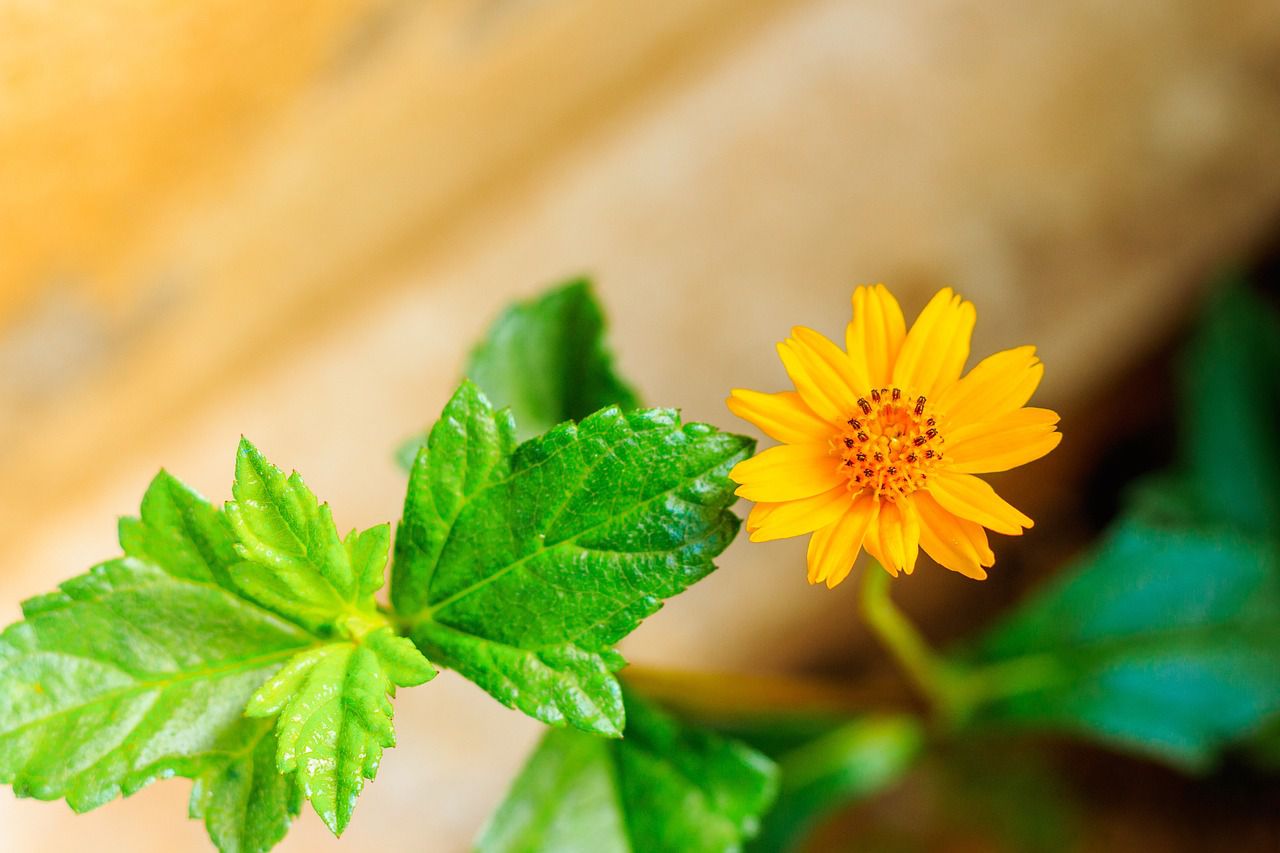Benefits of creeping plants: Gardening tips
If you want your garden to have a very romantic, fantasy-like vibe, or you just like thriving lush gardens, then you might like creeping plants.
These plants are versatile, and they can create beautiful scenery in your garden, so you can choose them for various reasons.
Here are some benefits of using them.
Ground Cover and Fillers
Creeping plants serve as natural ground covers, spreading horizontally to fill in empty spaces in your garden.
They're particularly useful for areas where other plants might not thrive, creating a lush, carpet-like appearance.

Weed Suppression
These plants act as a barrier against weeds. As they spread and cover the soil, they block sunlight and make it harder for weeds to grow.
This reduces the need for manual weeding and minimizes weed competition for resources.
Erosion Control
In gardens with slopes or areas prone to erosion, creeping plants are excellent for stabilizing the soil.
Their root systems help hold the soil in place, preventing it from being washed away during heavy rains.
Aesthetic Appeal
Creeping plants can contribute to the visual appeal of your garden.
They offer a wide range of options, from vibrant green ground covers to those with colorful flowers, creating beautiful, textured landscapes.
Low Maintenance
Once established, many creeping plants are relatively low-maintenance.
They require less pruning, watering, and fertilization compared to some other garden plants. This can save you time and effort in garden care.
Conclusion
In summary, creeping plants offer a multitude of benefits for your garden, including aesthetic enhancement, weed control, erosion prevention, reduced maintenance, support for wildlife, and adaptability to various garden designs.
They are a valuable addition for both practical and aesthetic reasons.
